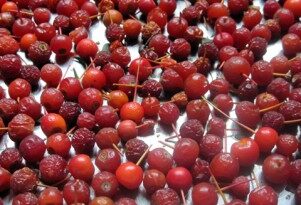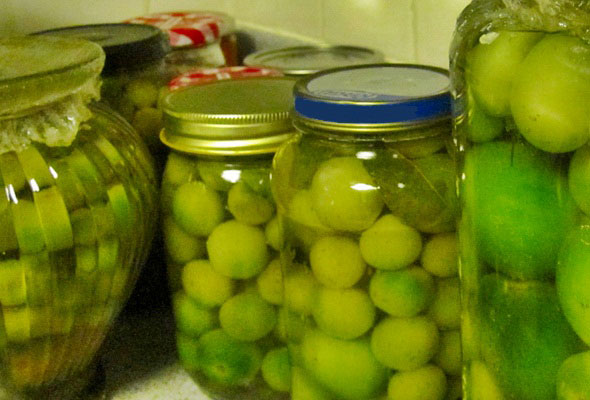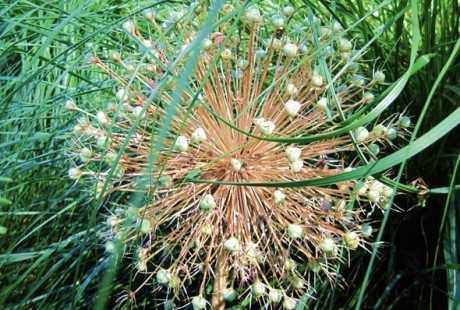cuttings
Stem, root or leaf cuttings are the nursery standard for the propagation of perennials, especially those whose clumps grow woody with time. The benefit of this method is that the young plants are true clones of their parents.
Leaf cutting is the simplest and most miraculous of the methods. It works for African violets, hydrangeas and begonias and it consists of picking a leaf with a long stem and sticking it in the ground. That’s all. If you happen to have rooting hormone, it doesn’t hurt to dip the stem in it before planting. If not, honey will also work. If not, just add water. I didn’t believe it either until I experienced it myself.
Stem cuttings are the most common, used for most of the woody perennials, including but not limited to roses, rosemary, lavender, fuchsias, mums and geraniums. Pick a sturdy stem that is woody but still green, cut it into four to six inch long pieces that contain at least one growth bud, bruise the end to kick start the plant’s rooting process and plant it. Both the medium and the cutting must be kept consistently moist. Some people like to mist their plants, others prefer to cover them with a clear jar to create a greenhouse effect. Some plants take a long time to root, but you’ll know if the process worked when the cutting starts sprouting new growth.
Root cuttings are used for the propagation of woody shrubs – lilacs, raspberries, Oregon grape hollies, mock oranges and Japanese anemones. Dig up roots that are at least pencil thin while the plant is dormant and cut sections three to six inches long that have one or two growth nodes. After planting, water well to ensure the roots are well settled into the ground and there are no air pockets around them.




 Previous Post
Previous Post Next Post
Next Post




